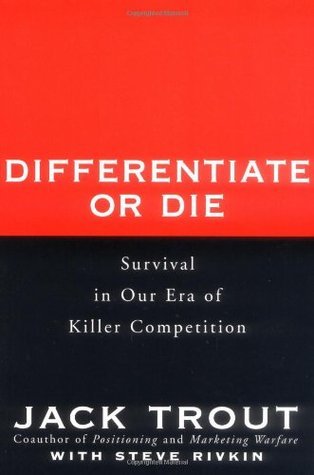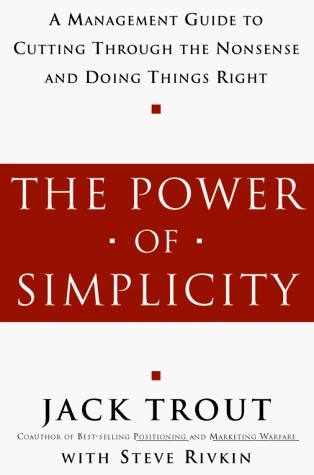
Positioning: The Battle for Your Mind
Book Description
Imagine a fierce battleground where minds clash, and ordinary products fight for survival. "Positioning: The Battle for Your Mind" decodes the thrilling tactics behind winning brand wars and capturing consumer hearts. Al Ries unveils the secrets of perception, revealing how positioning can make or break a product in an overcrowded marketplace. With sharp insights and compelling examples, this book challenges everything you thought you knew about advertising. It transforms marketing into a strategic game where your message holds the key to victory. Are you ready to understand the true power of positioning and change the way you think about marketing forever?
Quick Book Summary
"Positioning: The Battle for Your Mind" by Al Ries is a groundbreaking work that explores the concept of positioning—how brands and products are perceived in the minds of consumers. The authors argue that in today’s information-overloaded world, marketing is less about what you do to the product and more about what you do to the mind of the prospect. With vivid examples and clear strategies, the book shows how successful brands carve a unique position by focusing on a specific idea or attribute, often by being first or different within a category. Ries and Trout delve into the challenges of changing public perception, the pitfalls of weak positioning, and the importance of simplicity and clarity. This influential book guides marketers, entrepreneurs, and business leaders on how to cut through the noise, stand out in saturated markets, and ultimately win the battle for attention and preference.
Summary of Key Ideas
Table of Contents
The Importance of Perception in Marketing
In the modern marketplace, consumers are bombarded with an overwhelming amount of information and advertising messages. "Positioning" asserts that people filter this clutter, making it crucial for brands to establish a clear, memorable place in the consumer's mind. Success doesn’t depend solely on product superiority; rather, it's about how that product is positioned relative to competing offerings. Brands that understand the power of perception can effectively influence decision-making by anchoring a simple, compelling idea in the consumer psyche.
Finding and Owning a Unique Position
Finding a unique position is central to breaking through market noise. Ries suggests companies must identify and claim an attribute or benefit that holds value for consumers and is not already strongly associated with a competitor. Being first to occupy a position—such as the first diet soda or the first luxury car—often proves more advantageous than being better. Once a position is staked out, consistent communication is essential to reinforce this uniqueness and prevent competitors from eroding it.
The Power of Simplicity and Clarity
Simplicity and clarity are foundational to effective positioning. Consumers don’t remember complex messages or subtle differences; the position must be sharply defined and easy to grasp. Attempting to be all things to all people by offering too many features, messages, or markets, usually dilutes the brand position and creates confusion. Ries and Trout argue for ruthlessly focusing marketing strategies and communications around a single, differentiating idea that stands out in the mind.
Overcoming Market Noise and Competition
The marketplace is a battleground where companies must fend off fierce competition and ongoing advertising noise. To succeed, brands must anticipate market changes and respond quickly when a competitor attempts to crowd their position. The book advises ongoing vigilance and defensive strategies such as deepening the customer relationship or reinforcing the core positioning message. Those slow to adapt or unclear in their own message risk being overtaken by better-positioned rivals.
The Challenges of Repositioning and Changing Minds
Attempting to change an entrenched position in the consumer’s mind is particularly difficult. Ries explores the challenges in repositioning, such as overcoming deeply held biases or perceptions—branding errors are hard to correct once cemented in public consciousness. The authors stress that repositioning efforts should be strategic, often involving a dramatic shift in messaging or moving into a newly defined space where the brand has a credible claim. Ultimately, effective positioning is a blend of strategic insight, disciplined execution, and an unwavering focus on how the brand is mentally framed by its audience.
Download This Summary
Get a free PDF of this summary instantly — no email required.





